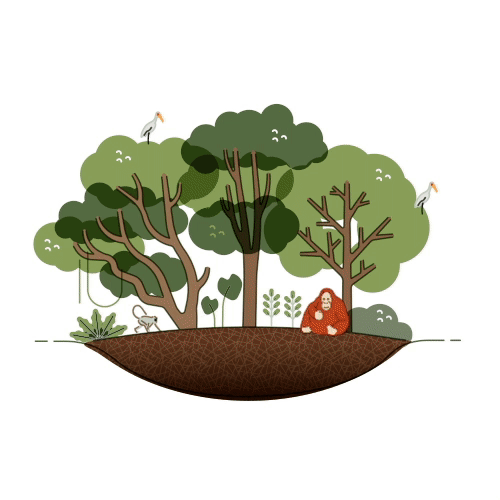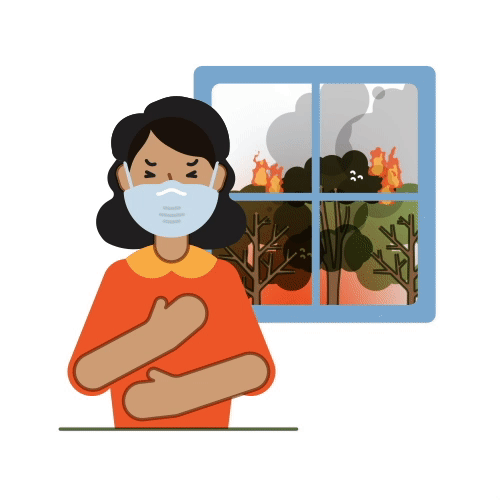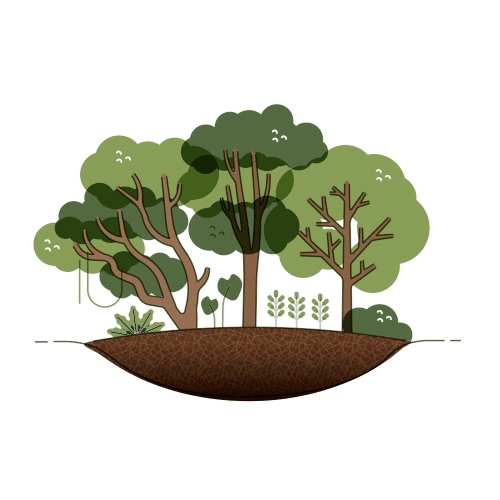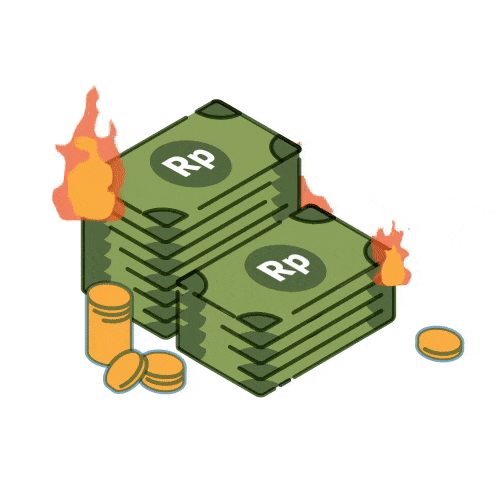Ecological impact
Peatland fires cause damage to the peat’s ecological functions, which can last long after the fire is over. After the forest and peatland fires in 2015, the water in the Sebangau River has reportedly become five times more acidic. Another impact is the loss of flora and fauna habitat, which threatens biodiversity in the area.



